Whiting True Blue chickens come with a jolly nature and are tough birds with bright blue egg-laying capabilities. These small birds are great at laying eggs. Back in the 90s, at Whiting Farms in Colorado, they were bred by Dr. Tom Whiting.
The Whiting True Blue is a great chicken to have. They are medium-sized chickens that are born different in color. A few of them have fluffy cheeks, while most have big, full tails. They lay a lot of large, powder-blue eggs, even in very cold or very hot weather. My Whiting hens and young chickens lay eggs all year round. The young ones start laying eggs at 5 months old and lay 5-6 eggs a week for 11 months of the year.
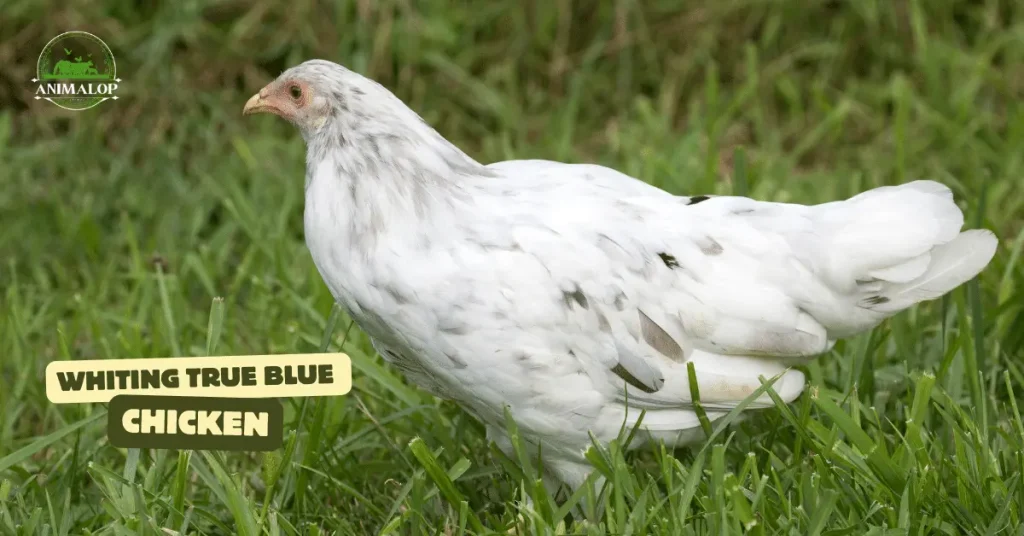
They are easy to handle, curious, and friendly. They’re not aggressive towards people or other chickens. They grow fast, stay healthy, and can fly well. They’re active but also do okay when they have to stay in one place.
I’m really focusing on the Whiting True Blue and the Prairie Blue Egger chickens. I think they’re great for anyone who wants to keep chickens in their backyard or for people who want to sell eggs. I’m working on getting them to have nice colors, good egg color and size, lots of eggs, and to make sure they look healthy.
Whiting True Blue Chicken Breed Quick Profile
Origin And History
In the late 90s, Tom wanted to try something new, so he began working on making “commercial” chickens that lay lots of blue, green, or brown eggs. He focused on making them high-quality, good-looking, and perfect for people with small flocks. That’s how the Whiting True Blue chickens came to be.
Dr. Tom Whiting did something amazing when he came up with the Whiting True Blue Chickens.
Living in Colorado and loving fly fishing, Whiting wanted to create a chicken whose feathers he could use for making flies for fishing.
He spent more than ten years mixing White Leghorn chickens with Ameraucana breeds in Delta, Colorado. Without even realizing it, Dr. Whiting made a breed that people really love, known since the 1990s mainly for its unique blue eggs!
What started as a science project turned into a whole new kind of chicken. It shows how far you can go when you’re determined!
Whiting True Blue Chickens Facts
Whiting True Blue chickens lay around 280-300 bright blue eggs each year.
They start laying eggs at about 5 months old and can lay 5-6 eggs a week for 11 months of the year.
These chickens feature some different colors, which may include lemon blue, solid blue, and black, and a few of them are proud to have fluffy cheeks.
Created by Dr. Tom Whiting in the 1990s in Colorado, these birds are known for their friendly and curious nature.
They are medium-sized birds that are hardy and can handle both cold and hot weather well.
Egg Production
Whiting True Blue hens lay a lot of eggs, around 280-300 eggs every year! Their eggs are big and powder blue, making your egg collection look more interesting and full.
Also, these chickens start laying eggs early and grow up by about 20 weeks. They begin with laying medium-sized eggs slowly, but after a month or so, they start laying more regularly.
Appearance and Recognized Standard
The Whiting True Blue Chicken changes colors like a rainbow and has lots of different patterns, making it a special kind of chicken that even people who have had chickens for a long time really like.
Right now, the American Poultry Association (APA) hasn’t officially recognized it because it needs more development and clear standards.
The colors you see most often in these chickens are:
- Lemon blue
- Solid blue
- Black
- Blue wheaten
- Silver Blue
- Blue red
- Black-breasted red
The Whiting True Blue chicken is an awesome bird to have. They’re not too big, come in many beautiful colors, and some have fluffy cheeks while many have large, full tails. They lay a lot of big powder blue eggs, even when it’s very cold or really hot, like during our summers in North Carolina.
Their main feature and reason for being so loved is that they add lots of color and variety to egg collections all over the country. If you are looking to get a colorful-feathered bird, you may also opt for a Cinnamon queen.
Temperament And Behavior
Whiting True Blue chickens are a mix of being independent and great at catching bugs.
They might not get friendly with people as quickly as other chickens, but they don’t need much looking after to do well in yards and gardens.
You’ll probably find it harder to get them back into their coop than to take care of them. If you’re looking for a chicken that likes to hang out with people, these might not be the best choice because they’re not too keen on human company.
However, they’re tough little chickens that fit right into the pecking order of a calm group of chickens.
They’re nice and polite to their chicken friends. So, it’s best to keep them with other gentle chickens to avoid any trouble, as they might get bullied by more aggressive chickens.
The roosters are usually easy-going and shouldn’t cause problems for you or anyone visiting.
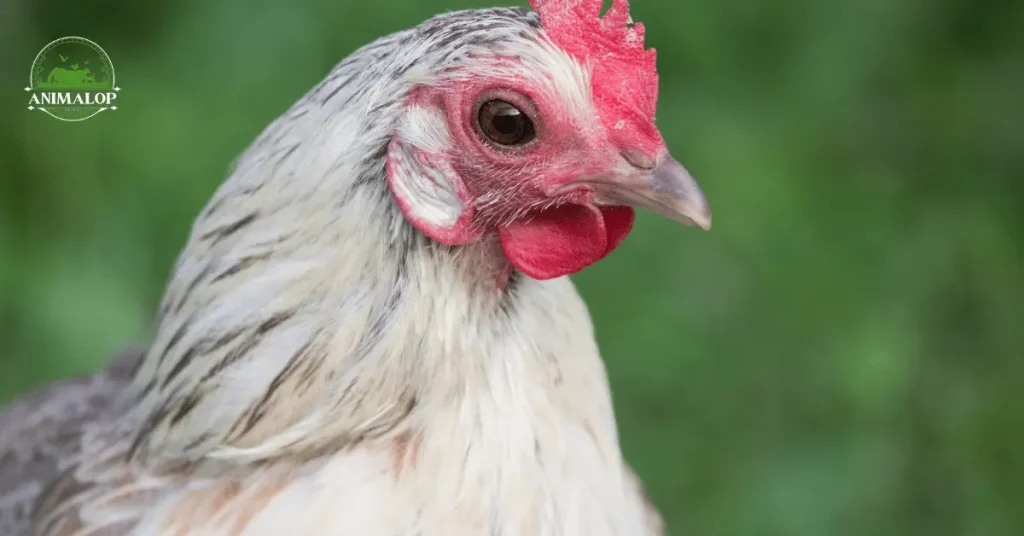
Hardiness
The Whiting True Blue chickens are great for anyone wanting to add chickens to their place. Similar to Sapphire Splash chickens, they’re also tough and can handle both hot and cold weather well.
Our True Blues went through 104°F last summer and -45°F last winter without any problems. Just make sure they have enough water and shade when it’s hot, and a good shelter and food during the cold, and these chickens will be fine no matter the weather.
Meat and Egg Production
The cool thing about these chickens is they lay blue eggs. Lucky for you, Whiting True Blues could be laying up to 300 eggs on an annual basis. They can keep this up for almost three years, which is pretty rare for so many eggs.
Make sure to feed them lots of high-protein food– they need it to lay all those eggs and stay healthy.
What’s neat about these eggs is they’re blue inside and out (you could say they’re really true blue).
Unlike brown eggs, which are only brown on the outside, these eggs are blue through and through. That’s something special!
When it comes to meat, they’re pretty good, but they don’t grow very fast, and they’re not big chickens.
The meat tastes good, but there won’t be a lot of it, and you’ll need to wait a while for them to be ready.
Care Guide
These chickens aren’t high-maintenance. Just feed them well and give them a decent place to live, and they’ll mostly look after themselves.
Food and Nutrition
To get lots of eggs from a small chicken like the Whiting True Blue, you need to feed them high-quality food with lots of protein and calcium. Start with feed that has at least 18% protein when they’re young. After they’re 20 weeks old, 16% protein is okay.
Laying eggs uses up a lot of their energy, so add extra nutrients to their diet, especially if they’re finding their own food outside. Things like broccoli, lettuce, greens, and cabbage are good for them.
Whiting True Blue roosters such as extra grains and seeds. They enjoy cooked rice or fresh corn. These chickens prefer corn on the cob as their special snack treat.
Even if their main food has enough protein, adding a calcium supplement is a good idea for strong eggshells and healthy bones.
Like other chickens, this Whiting True Blues has a great clean water requirement. Change it often and keep their water containers clean.
Housing
Whiting True Blue hens and roosters both are pretty active and need space, so don’t crowd them in the coop. They have the same roaming personality as Ameraucana chickens. They need more room than other chickens and enough nesting boxes since they lay a lot of eggs. Without enough boxes, they might lay eggs anywhere, which can be messy. For every four chickens, you ought to provide one nesting box.
Keep the coop safe from predators and clean. If they’re free-ranging, make sure they have a secure coop to return to. If they’re in a run, give them lots of space because they’re always moving.
Health Issues
Whiting True Blue chickens are generally healthy but watch for signs of sickness like losing appetite, weight loss, being less active, weakness, sudden drop in egg laying, sneezing, diarrhea, or swelling.
Sick chickens can spread illness, so isolate any that seem unwell and get advice from a vet.
They can get chicken diseases like avian flu, salmonella, tuberculosis, and cholera.
Breeding
Whiting True Blues will breed if there’s a rooster around. The chicks might look different each time, but they’ll still lay blue eggs. The color of their legs can vary too.
Breeding for specific feather colors is hard, so focus on egg color. Separate the hens that lay the darkest blue eggs if you want to keep that color strong.
Breeding your own might make the egg color lighter, especially if the eggs get bigger. It can be tough to keep the egg color vibrant if you’re breeding them yourself.
You could just let them breed naturally and see what happens.
Are the Whiting True Blue Chickens An Ideal Pick?
If you’re looking for a cute chicken that lays lots of blue eggs, does well outside, doesn’t get sick easily, and is nice to your other chickens, then the Whiting True Blue is a great choice.
But, if you’re more into having old-fashioned chicken breeds or big, fast-growing chickens for meat, this breed might not be for you.
Whiting True Blue Vs Cream Legbar
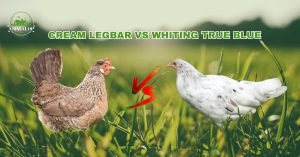
Cream Crested Legbars are a special, rare kind of chicken that also lays blue eggs. The Whiting True Blue, created by Dr. Tom Whiting, a chicken genetics expert, is newer but they’re good at laying blue eggs consistently, and that’s the main thing.
FAQs
Final Thoughts
The Whiting True Blue chicken is a pretty new breed, having only been around for about thirty years. It’s not officially recognized by the APA yet, but it’s already become a favorite for lots of people in America.
As more folks find out about this chicken that lays blue eggs and is good at finding its own food, it’s likely to get even more popular.
What do you think about this chicken? Do you have any Whiting True Blues? Do you like them? I’d be glad to know!

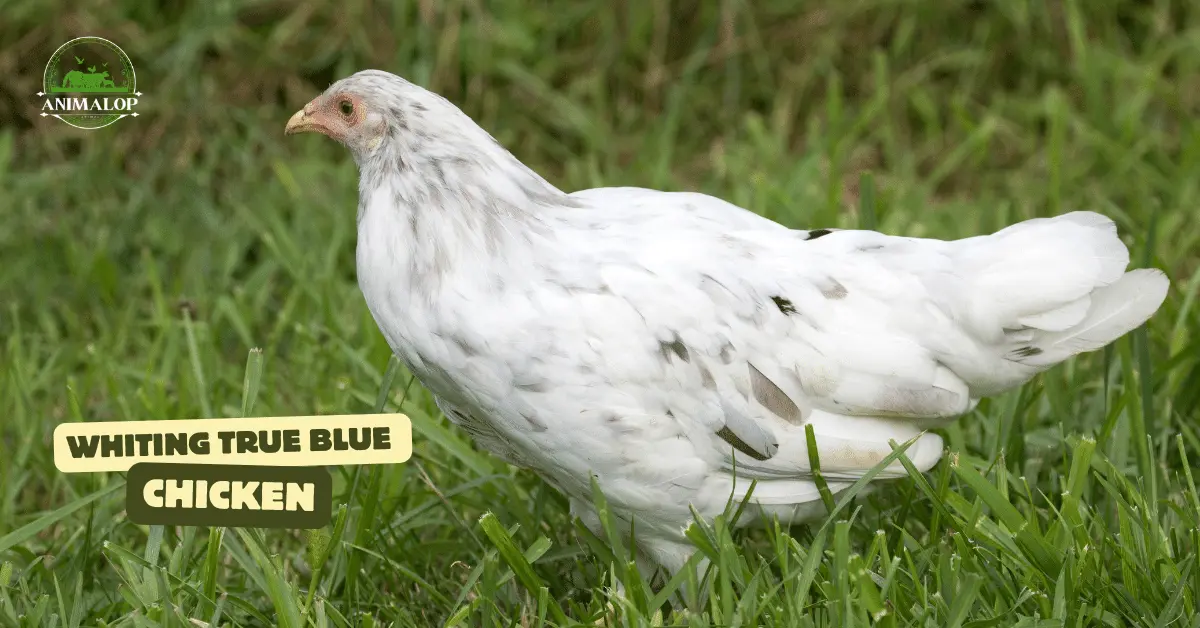
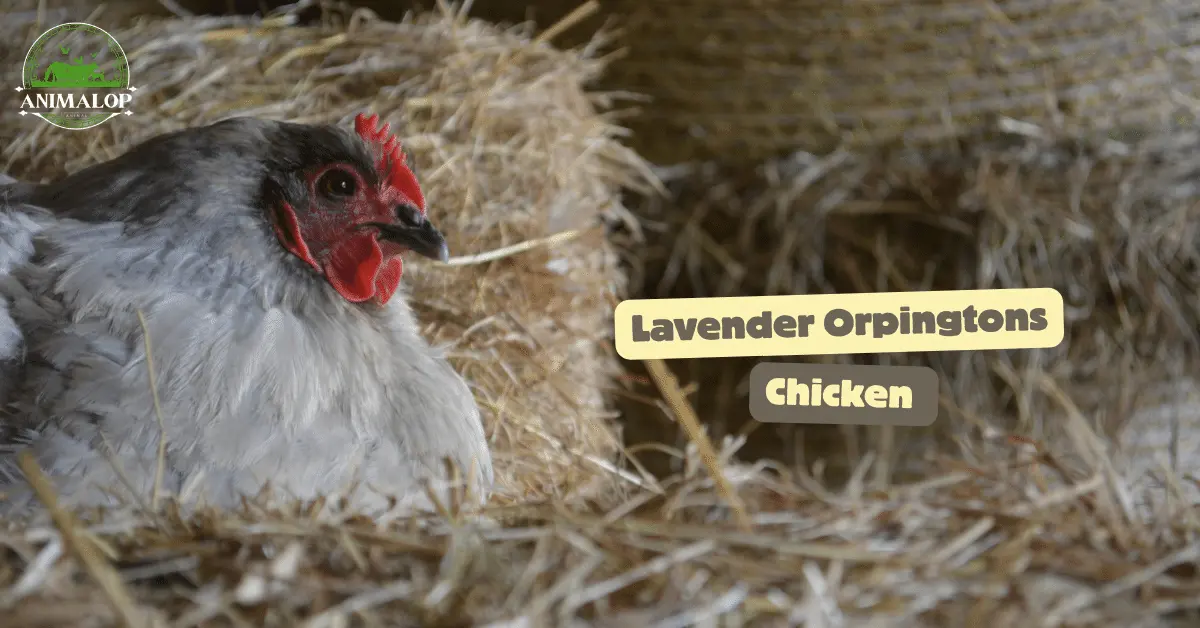
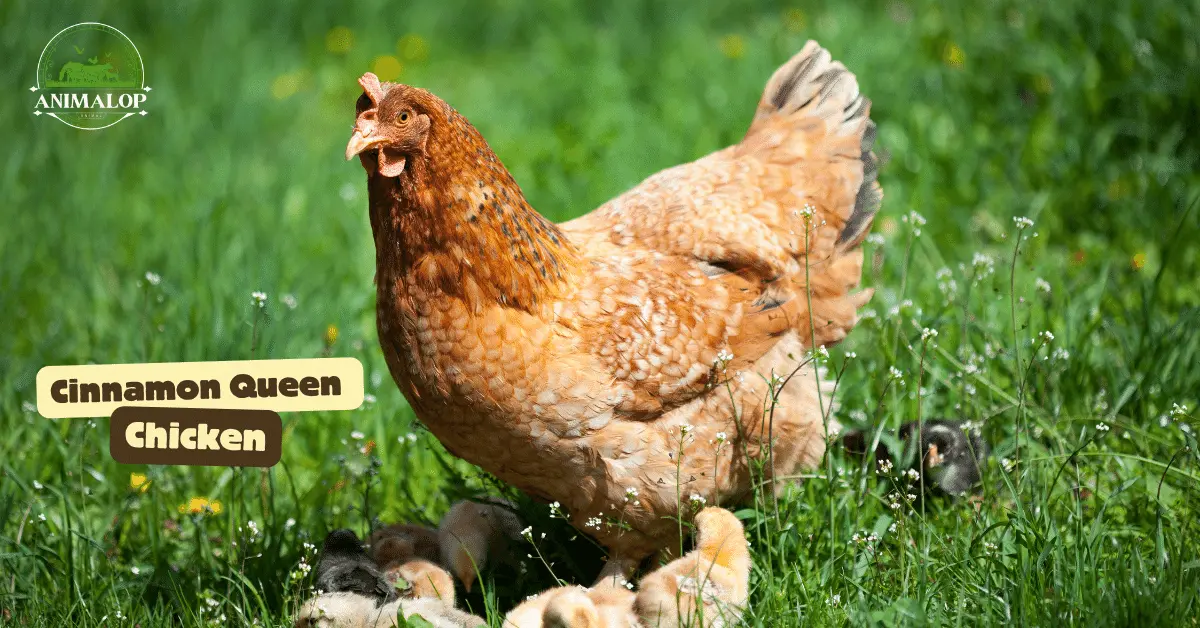
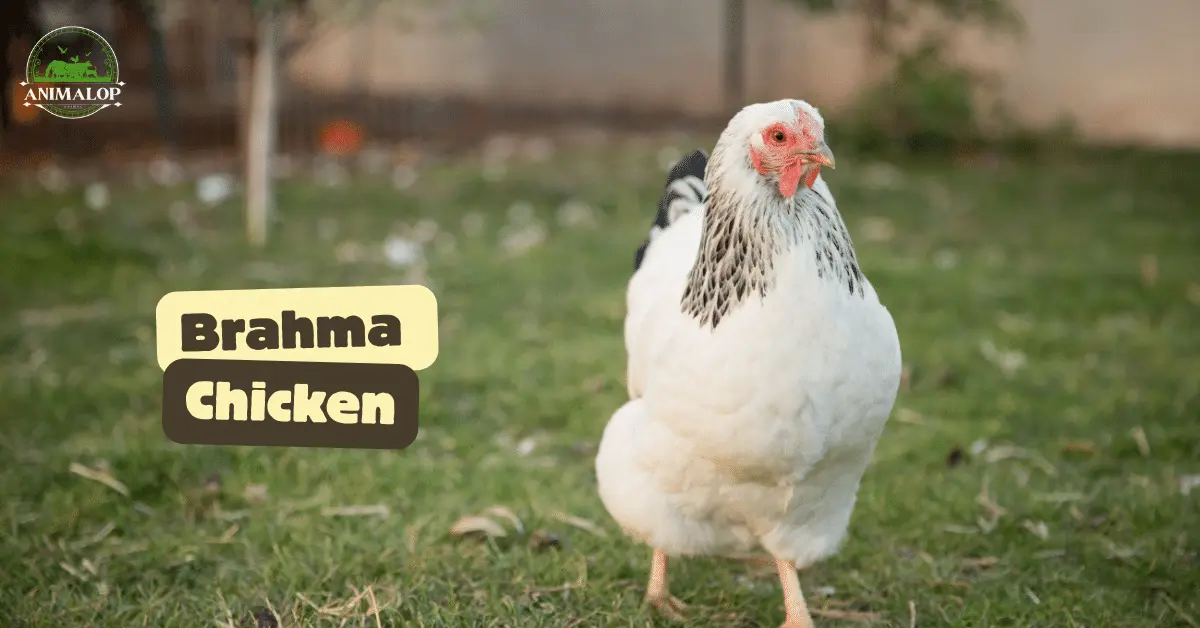
3 Comments on “Whiting True Blue Chicken Breed Guide 2024: The Blue Egg-Layers”